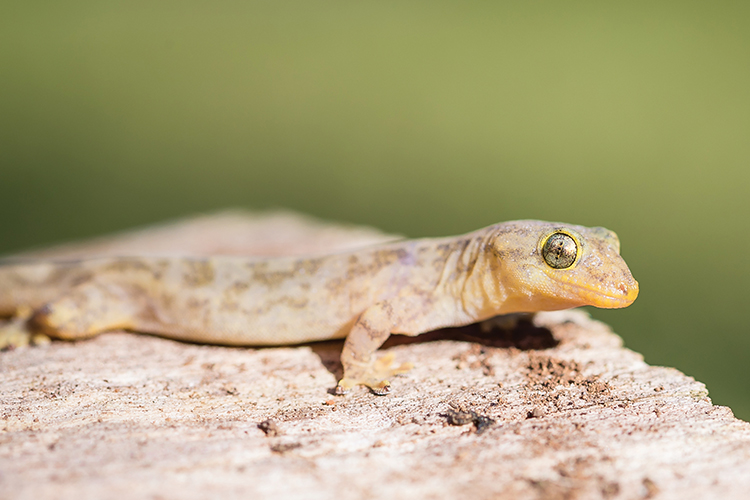
A review of listed extinctions in Australia
Tuesday, 12 November 2019100 Australian endemic species are listed as extinct (or extinct in the wild) since the nation’s colonisation by Europeans in 1788. The list includes 38 plants, 34 mammals, ten invertebrates, nine birds, four frogs, three reptiles, one fish, and a protist. This tally represents about 6–10% of the world’s post-1500 recognised extinctions. The actual number of Australian extinctions is likely to be far more than those recognised in formal lists. Mammals have suffered the highest proportional rate of extinction (about 10% of the endemic mammal fauna).
Table: Australian endemic species listed as Extinct, and considered here to be valid species with no records since listing as Extinct. * denotes three species that are extinct in the wild, but have surviving translocated populations or captive populations.

Further reading:J. C. Z. Woinarski, M. F. Braby, A. A. Burbidge, D. Coates, S. T. Garnett, R. J. Fensham, S. M. Legge, N. L. McKenzie, J. L. Silcock, B. P. Murphy (2019) Reading the black book: The number, timing, distribution and causes of listed extinctions in Australia, Biological Conservation 239 (2019) 108261
Top image: Listers Gecko. Photo Kirsty Faulkner
-

The Australian freshwater fishes at greatest risk of extinction
Tuesday, 01 September 2020 -

Preventing extinctions of Australian lizards and snakes
Tuesday, 02 February 2021 -

Saving Tasmania's difficult birds
Monday, 27 July 2020 -

Please save these frogs: The 26 Australian species at greatest risk of extinction
Friday, 20 August 2021
-
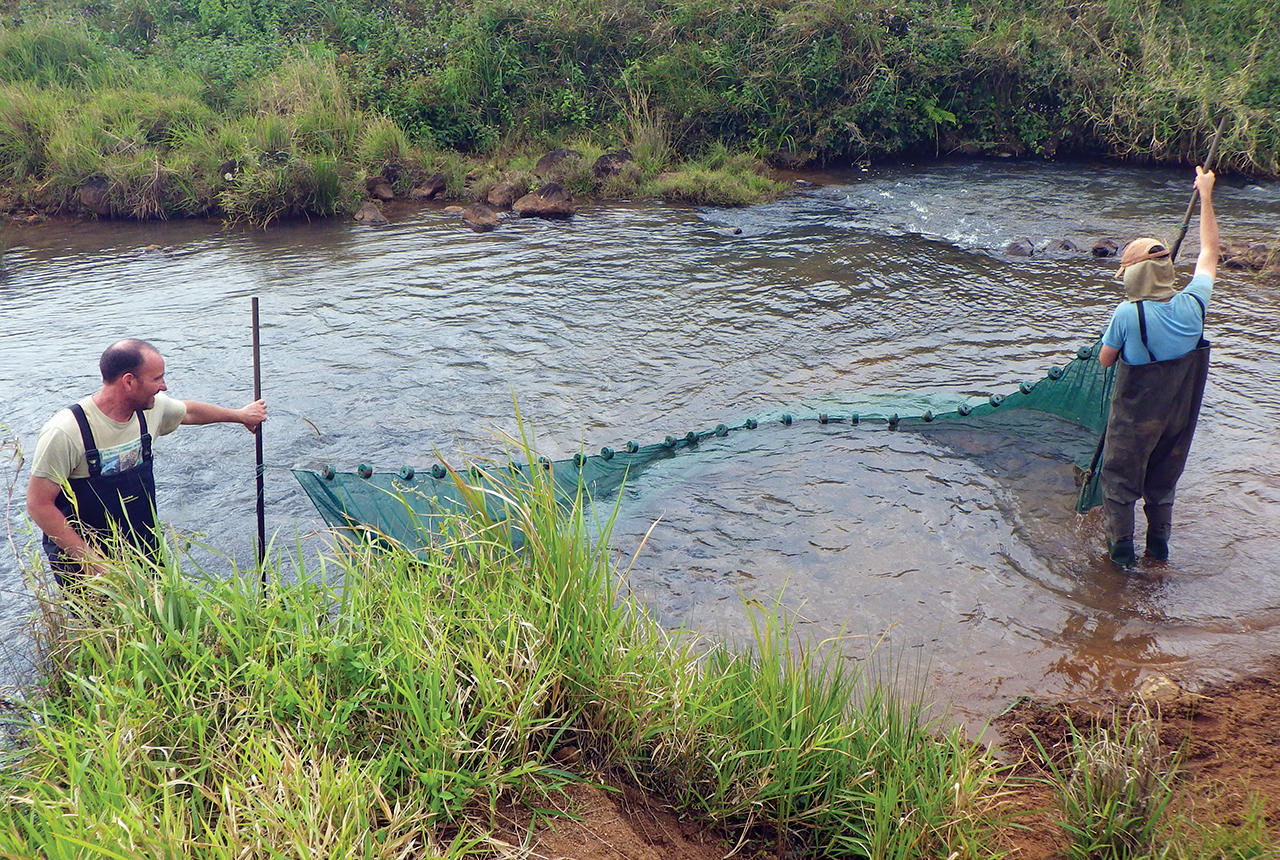
Big trouble for little fish: The 22 freshwater fishes at risk of extinction
Wednesday, 21 October 2020 -

Unique yet neglected: The Australian snakes and lizards on a path to extinction
Tuesday, 10 November 2020 -
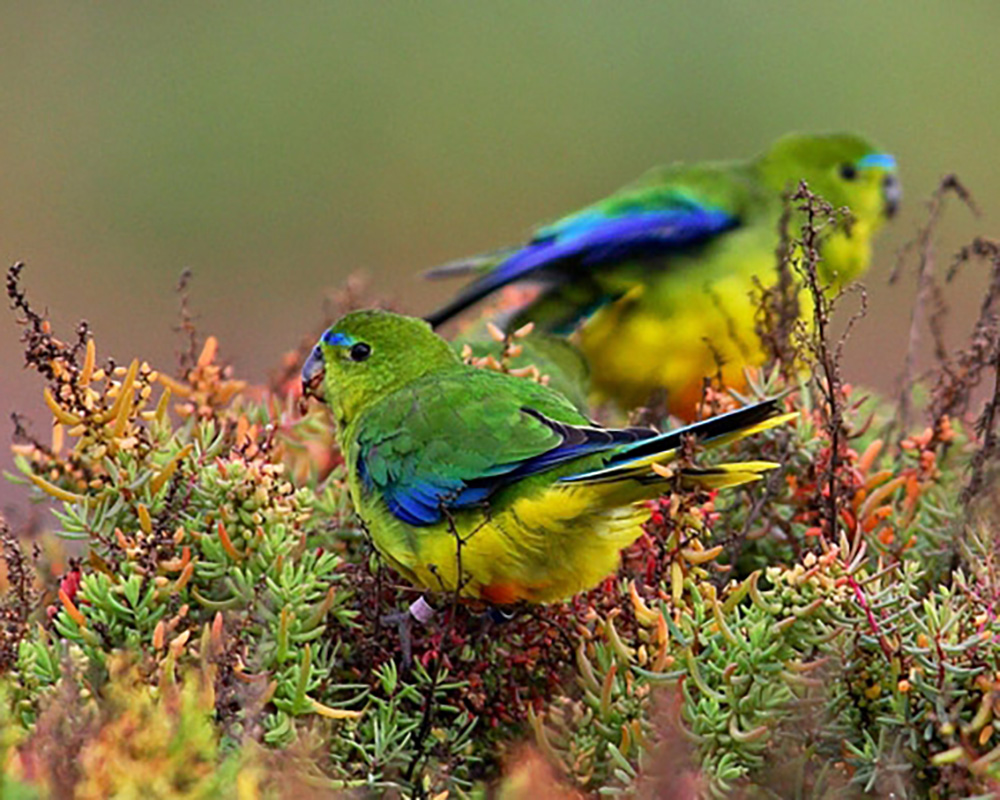
No surprises, no regrets: Identifying Australia's most imperilled animal species
Monday, 24 September 2018 -
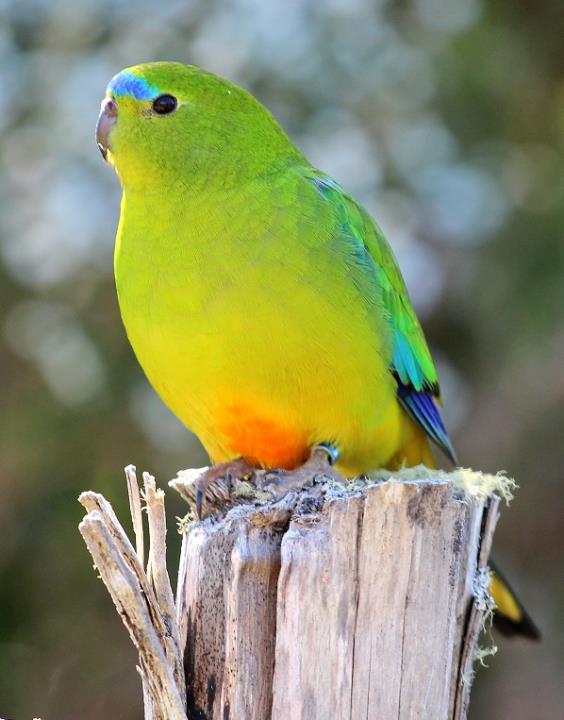
Tasmanian birds top endangered species list
Thursday, 07 July 2016 -

2020 target set for more threatened species
Monday, 28 March 2016 -
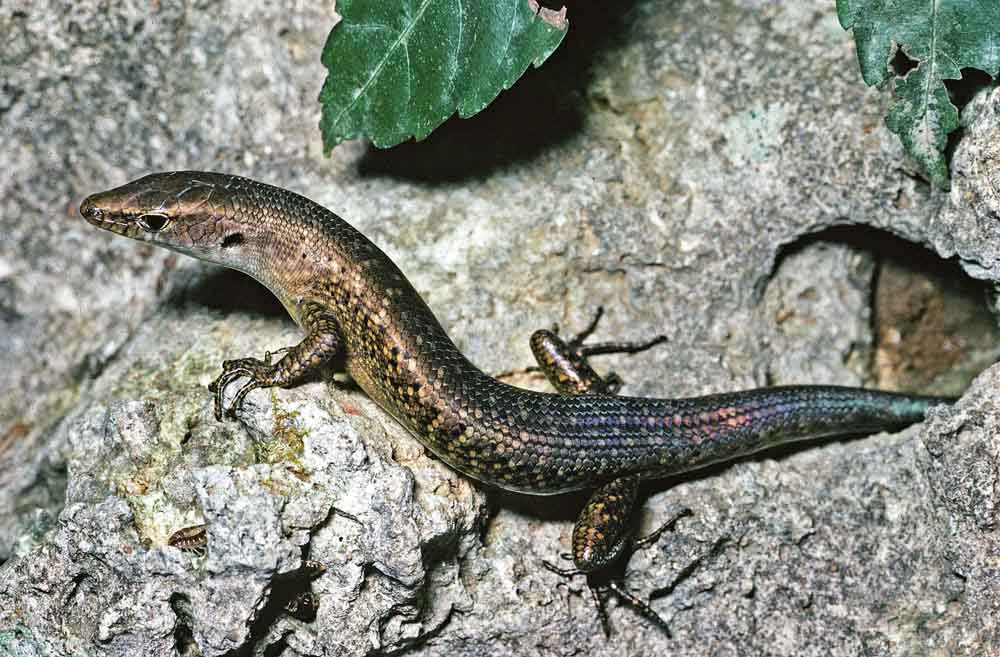
Keeping up with biodiversity loss
Thursday, 26 November 2015 -

Reflections on loss
Thursday, 09 June 2016 -
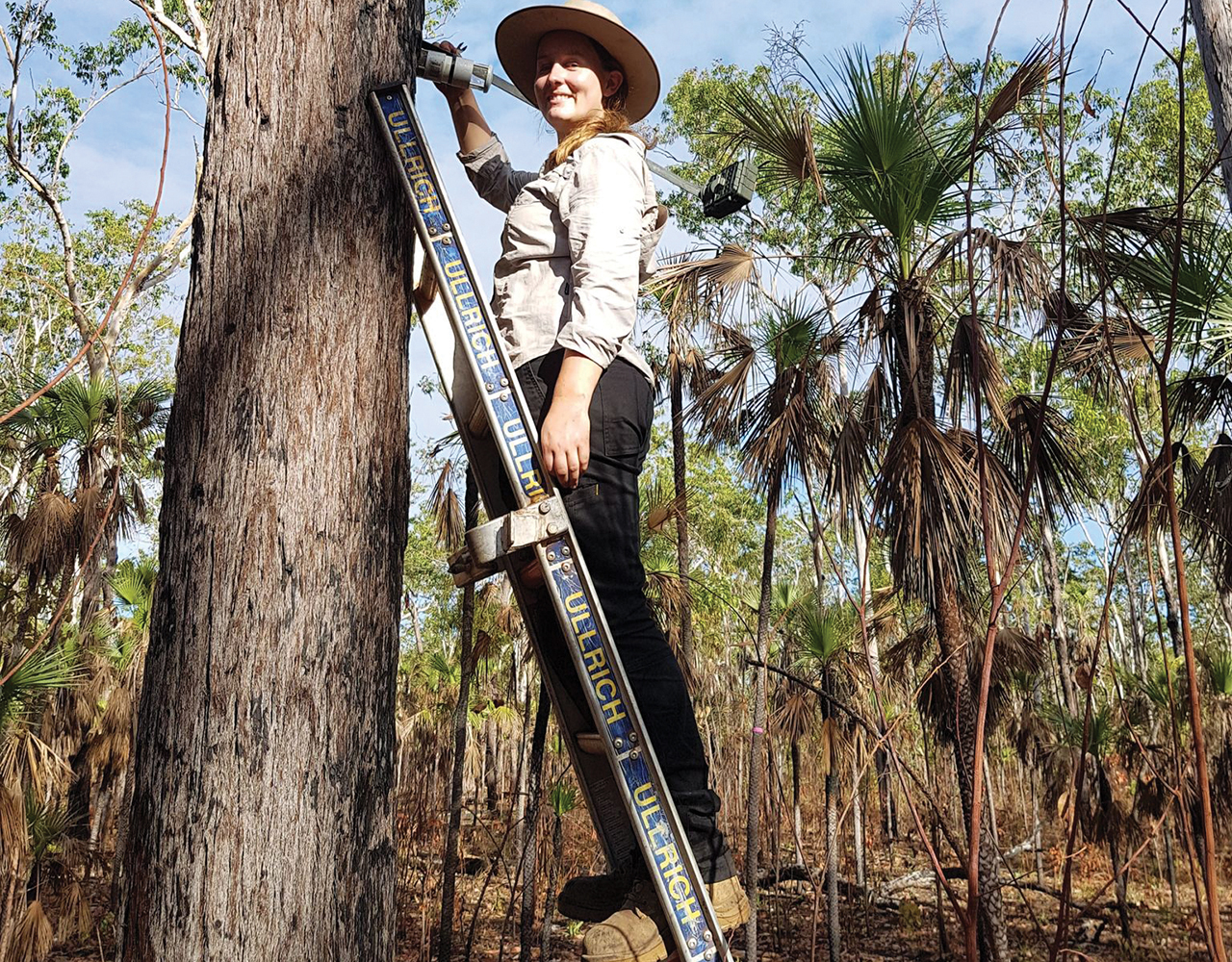
Researcher Profile: Hayley Geyle
Wednesday, 28 October 2020 -
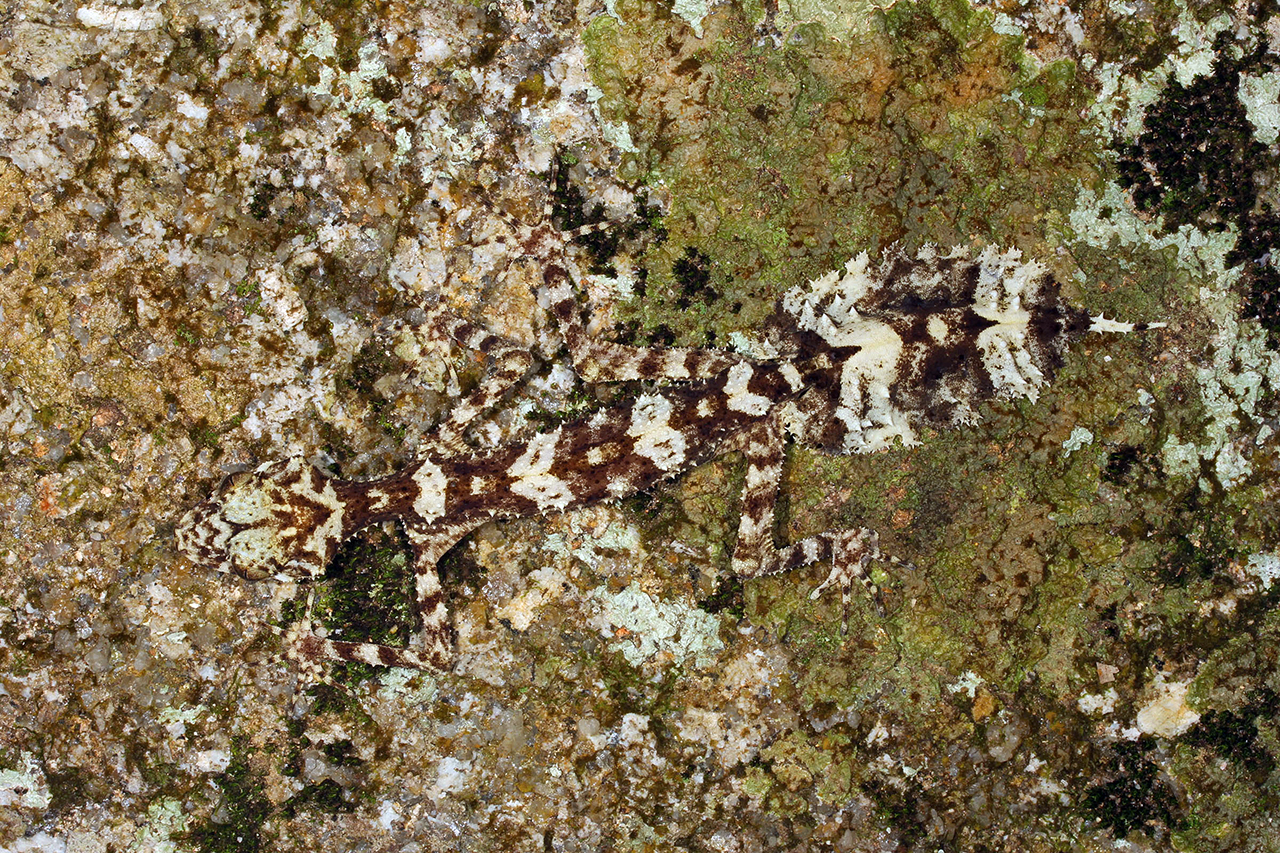
Aussie icons at risk: Scientists name 20 snakes and lizards on path to extinction
Tuesday, 29 September 2020 -

22 Australian freshwater fish at risk of extinction
Tuesday, 29 September 2020 -
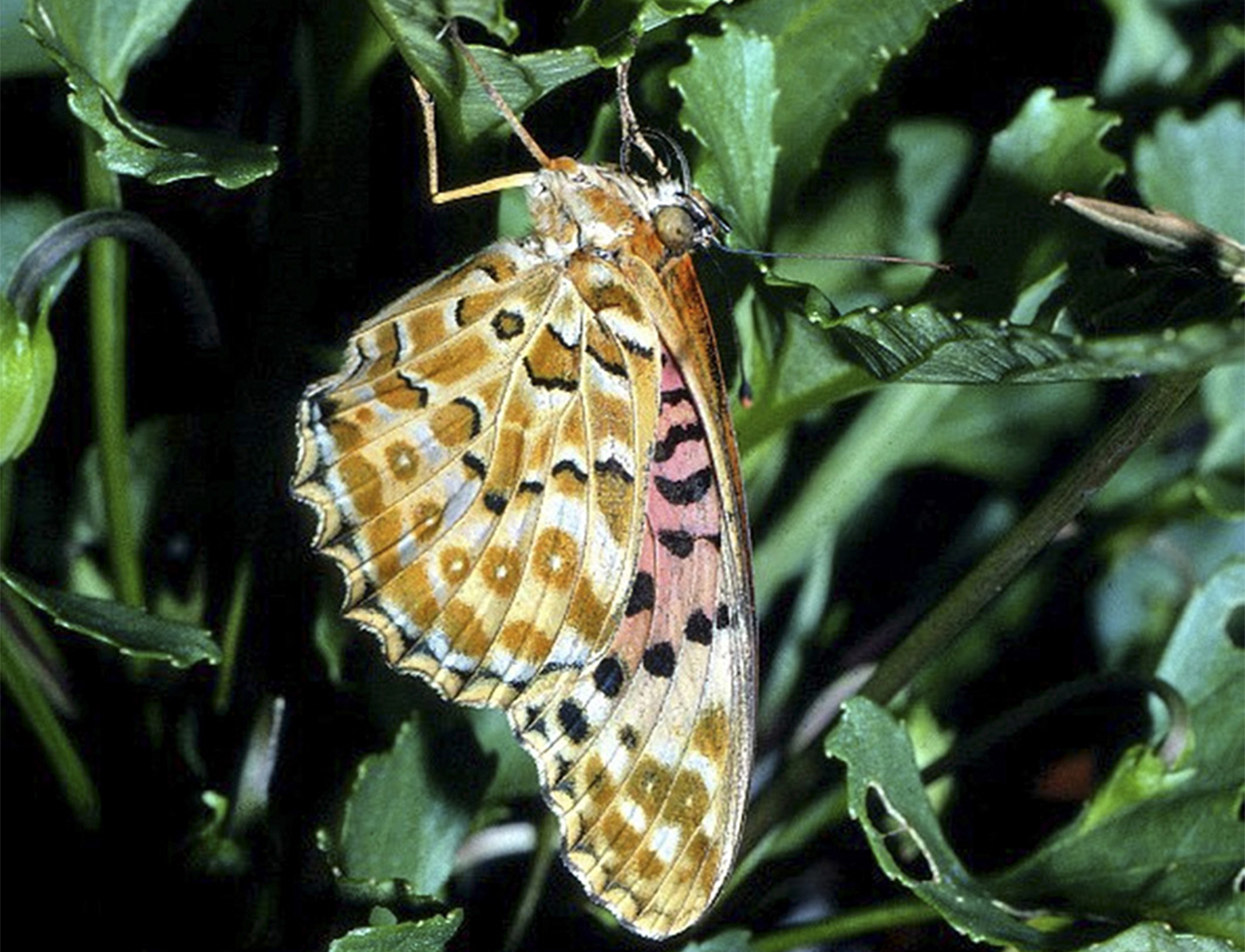
‘Australian Fritillary’ and ‘Pale Imperial Hairstreak’ top list of butterflies at risk of extinction
Tuesday, 27 April 2021 -
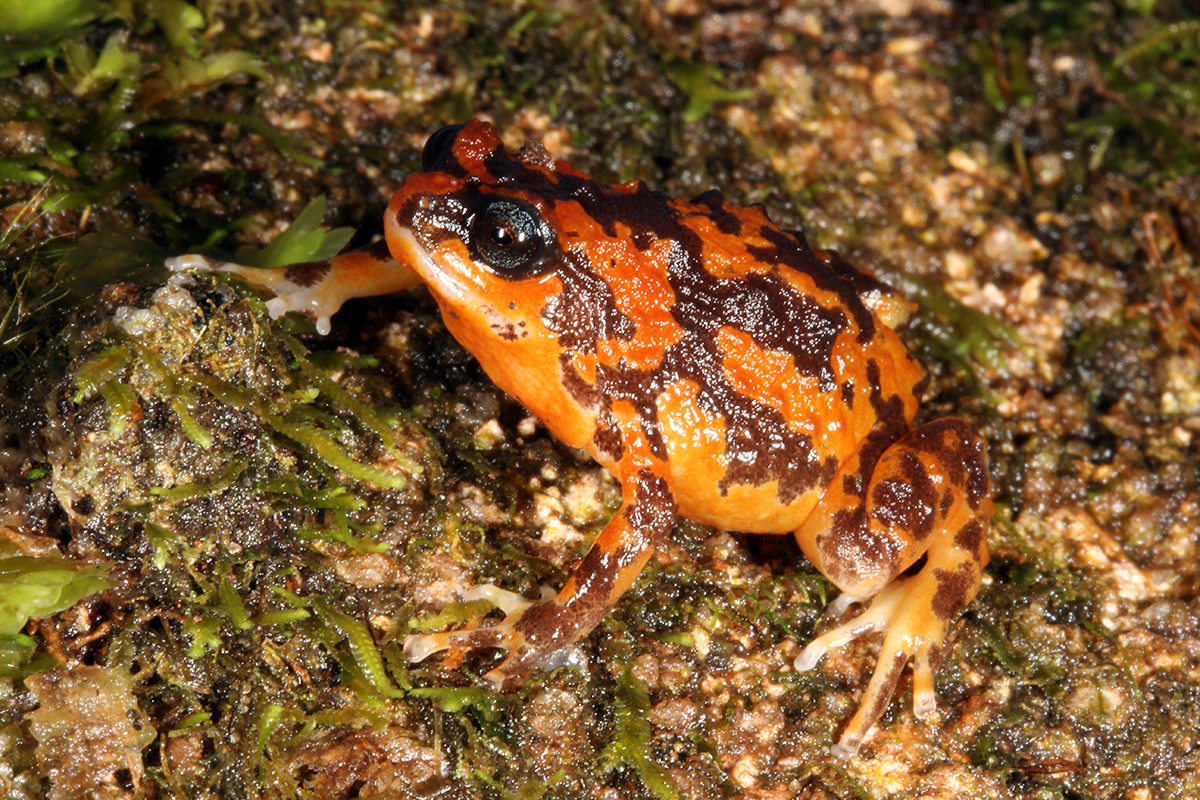
These frogs need our help: Scientists name the Australian frogs at greatest risk of extinction, four likely already lost
Friday, 20 August 2021
